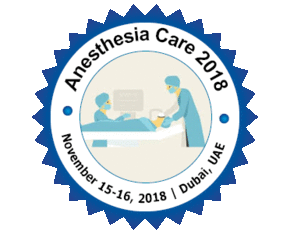
Iram Mir
Rashid Hospital and Trauma Center, UAE
Title: Patient safety and quality of care in intensive care unit
Biography
Biography: Iram Mir
Abstract
Health care delivery systems which are safe and provide Quality care have been the foundation for imparting and improving
global health. In spite of the recent advances in Technology, medical research and vast turnover of medical and nursing
professionals there has been some pitfalls in delivery of these services and safe management in the Health Care system. In
1999, a report on Quality of health care in America, by Donaldson,” To Err is Human”, highlighted the issue. Th e scale of the
problem was further elucidated by the various studies, research and group and consensus meetings that have taken place since
then. Th e Harvard Study found 4% of patient’s suffer some kind of harm in hospital; 70% of the adverse events result in short
term disability and 14% lead to death. Th e Institute of Medicine (IOM), report estimated that medical errors are a cause of 44
000 - 98 000 deaths annually in hospitals in USA. Th e consequence of such adverse events add to the fi nancial cost, in addition
lead to erosion of trust, confi dence and satisfaction among both the public and the health care provider. Safety is a fundamental
principle of patient care and management. In 2005, WHO’s World Alliance for patient Safety (WAPS), undertook a project
to develop an International Classifi cation for Patient Safety (ICPS) and formed a conceptual framework for the same, with
the purpose to standardize safety in health care. Th e Intensive Care by virtue of use of technology, aggressive level of care of
seriously ill patients requires high standards of safety to deliver Quality care, but is not without short comings in execution of its
goals. Adverse events are bound to occur as a result of human error, poor organization nevertheless representing tremendous
opportunity to study and implement patient safety. In 2006 the Society of Critical Care Medicine task force, created a guide to
development, implementation, evaluation and maintenance of interdisciplinary quality improvement programs in ICU. Th is
was followed by the European Society of Intensive Care, task force and declaration of Vienna in 2009. In 2011, the society
came up with 9 set of indicators used to evaluate quality and improve safety in ICU. Th is Comprehensive review provides an
understanding of defi nition of patient safety according to the WHO guidelines, the severity of the problem in the ICU’s and
how implementing the effective leadership and following international guidelines will help in improving safety and Quality of
care in ICU.

